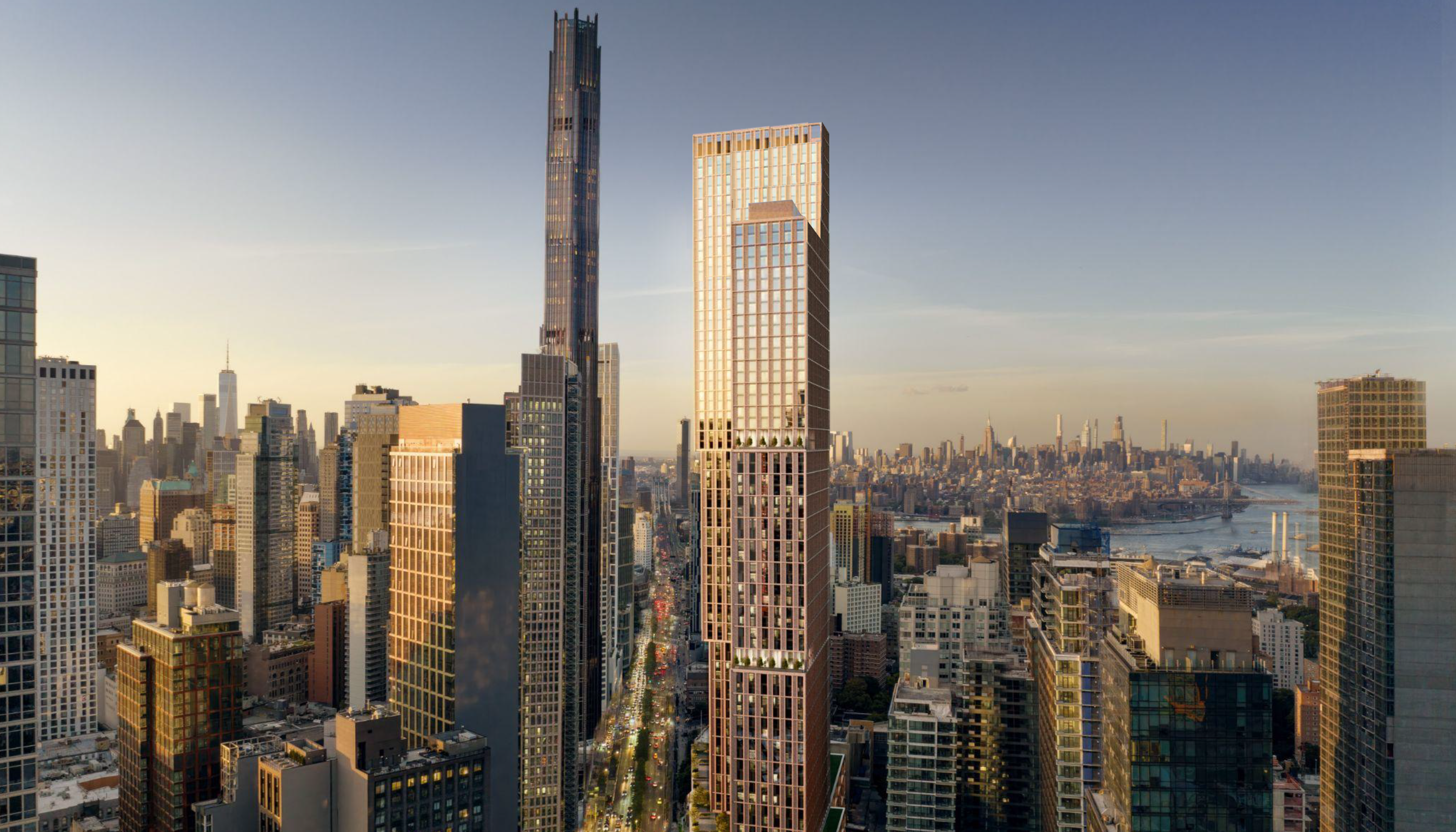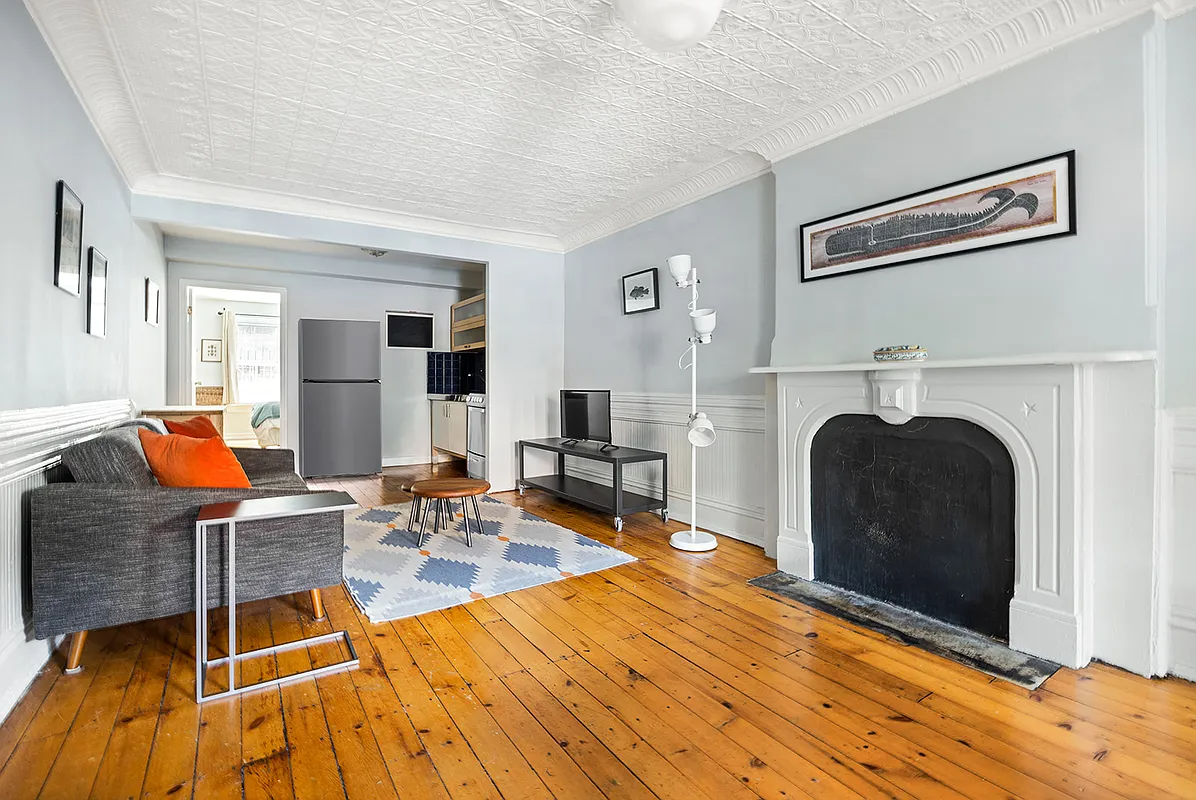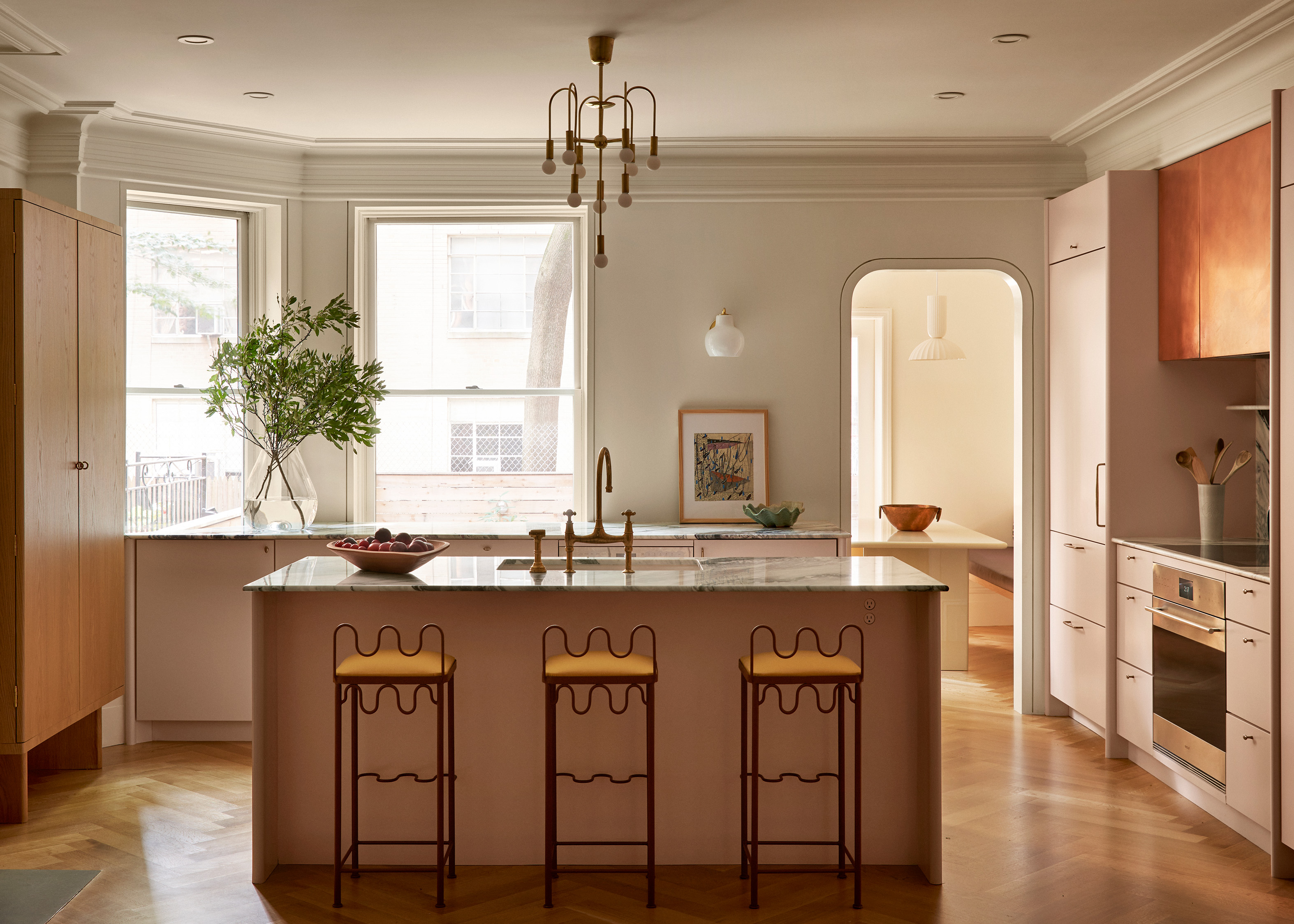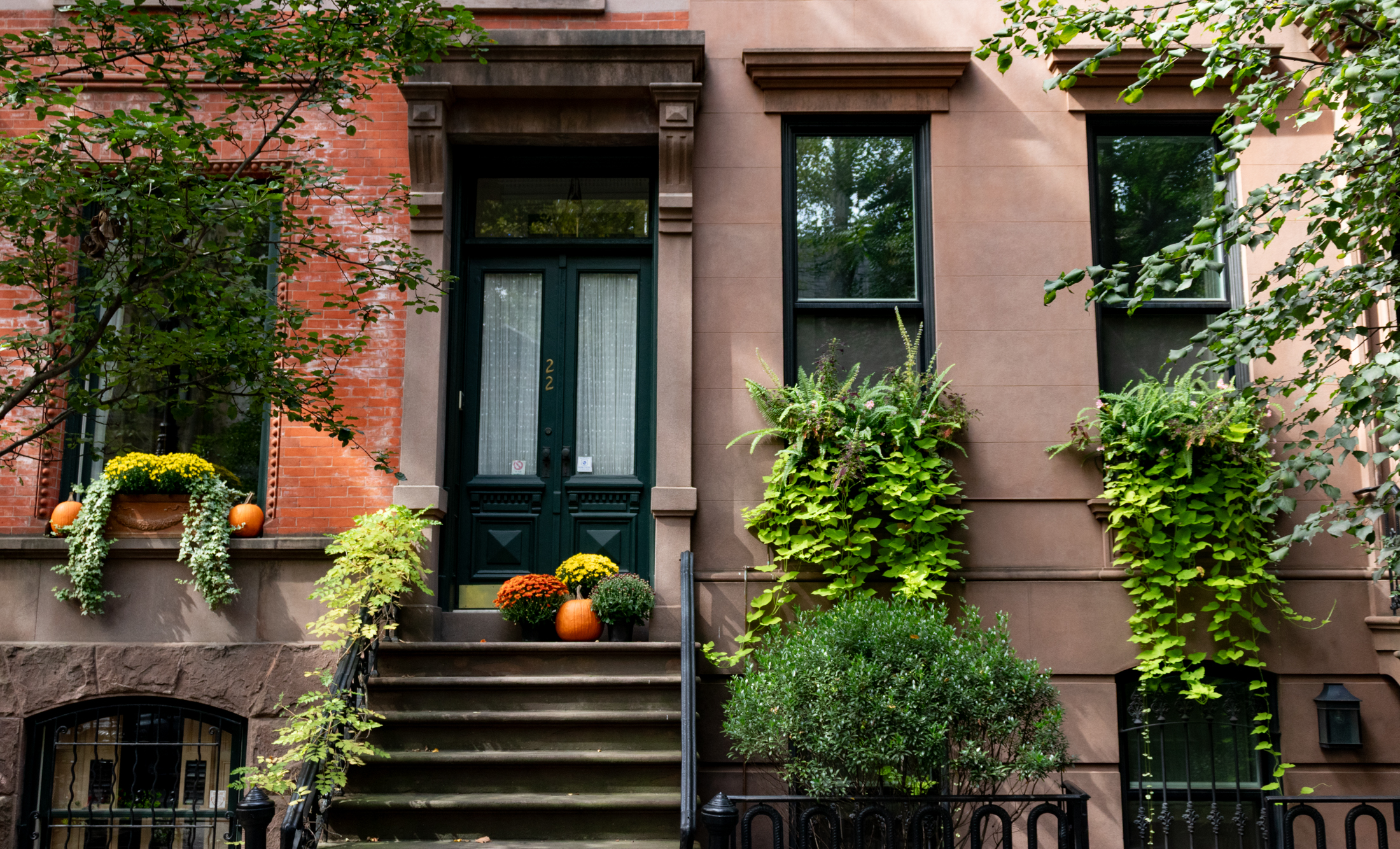Market Predictions for 2006: Neighborhood Picks
In what is now becoming an annual tradition, we invite you to share your thoughts and predictions for the Brooklyn housing market in 2006. Like last year, we’re particularly curious to hear your neighborhood “longs” and “shorts”. On a risk-adjusted basis, we’re most bullish on Prospect Heights and Carroll Gardens and, relatively speaking, would bet…

 In what is now becoming an annual tradition, we invite you to share your thoughts and predictions for the Brooklyn housing market in 2006. Like last year, we’re particularly curious to hear your neighborhood “longs” and “shorts”. On a risk-adjusted basis, we’re most bullish on Prospect Heights and Carroll Gardens and, relatively speaking, would bet against Williamsburg. Overall, though, we don’t think 2006 will look at all like 2005, which was marked by huge surges in prices in some rapidly gentrifying neighborhoods. From where we sit, 2006 is looking like a year for the market to take a breath and digest all the rapid-fire changes that have occurred in recent years. Barring a big move upward in rates, we think prices will more-or-less move sideways. In our own little corner of Brooklyn, the big test will be whether the upscaling of Fulton Street can extend beyond Fort Greene. Man, could we use a gourmet market in Clinton Hill! Anyway, that’s how we see it. But what do we know. We’d rather hear from you.
In what is now becoming an annual tradition, we invite you to share your thoughts and predictions for the Brooklyn housing market in 2006. Like last year, we’re particularly curious to hear your neighborhood “longs” and “shorts”. On a risk-adjusted basis, we’re most bullish on Prospect Heights and Carroll Gardens and, relatively speaking, would bet against Williamsburg. Overall, though, we don’t think 2006 will look at all like 2005, which was marked by huge surges in prices in some rapidly gentrifying neighborhoods. From where we sit, 2006 is looking like a year for the market to take a breath and digest all the rapid-fire changes that have occurred in recent years. Barring a big move upward in rates, we think prices will more-or-less move sideways. In our own little corner of Brooklyn, the big test will be whether the upscaling of Fulton Street can extend beyond Fort Greene. Man, could we use a gourmet market in Clinton Hill! Anyway, that’s how we see it. But what do we know. We’d rather hear from you.
Happy New Year.
Brownstoner





JoshK, assuming for the moment your point about long term rates rising is correct, the question is when? And how far and how fast? It’s still possible that the mortgage market can absorb higher rates without sending housing prices into a tailspin, although at some point I agree a crash would be triggered. What would a reasonable return on a 254-year investment be, and is that compatible with a stable housing market? I’m certainly not arguing that the housing market is a safe bet. I’m bullish, but I think the odds of a serious decline in 2006 are still in the 20 or 30 percent range, for all the reasons you cited and then some.
As for the market, sure it’s connected, but I don’t think that means the prices for apartments and houses go up and down in lockstep. At least they didn’t seem to move that way back in the early 90s, when apartment prices tanked and house prices seemed to hold their own.
While it is truly fascinating to learn what micro-neighborhood you live in, I believe the original point of this discussion is to post opinions on which neighborhoods you believe will increase or decrease in value in 2006. Or did I miss something?
Red Hook Sucks!!
Are people who want modern condos and people who want brownstoners really in the same market? The aesthetics are so different – and you can get a modern apt anywhere in the US, but brownstones are so limited in supply and can’t be built new.
Bed Stuy, PLG, and Crown Heights are all cheaper than Red Hook. You must not have a very good idea of actual prices in Red hook.
The BEST deal in Brooklyn is Sunset Park, hands down.
Besides interest rates, the greatest influence on NY Real Estate is affordability. The market will not go down but will certainly slow, especially by the second half of 2006. People are saying enough is enough on the prices of places like Park Slope. You’ll see more and more thirty somethings who can’t afford Park Slope that will move elsewhere. Fort Greene, Prospect Heights and Clintion Hill have already become too expensive. The best deal in the borugh is Sunset Park. The same house in Park Slope that costs at least $1.5 million is $750K to $850K in Sunset Park. It is an established neighborhood with real houses (brownstomes and limestones, as well as brick buildings), not like the lower quality frame houses of Greenwood Heights. It has its own park and is situated right by the BQE for easy access in and out of Brooklyn. The trip into Manhattan is very reasonable – for example, it’s one stop on the R train from 45th Street and then 5 stops on the D to midtown. It is a MUCH faster commute than the trip to midtown on the F train from Park Slope. While Sunset Park lacks the hip spots at this point, you can easily takle a quick trip to the Slope or Bay Ridge for anything you can’t find in SP. As more people who have been priced out of places like Park Slope see the values in Sunset park, the hip spots will grow and the neighborhood will change for the better. It seems a better deal to pay $250 p/sf and wait for (and help) the neighborhood to grow as opposed to paying $500K and up p/sf in an overpriced place like Park Slope.
The days of buying to flip are over. You must buy to live – and the best value is Sunset park.
I am the bullish “anon” who posted five points above.
To JoshK, yah, I agree new construction is going to be an issue and I wouldn’t be surprised if new condos create a glut. (I won’t be surprised if they take off like a rocket, either. Really depends on how much demand there is. Who knows?) But the market for apartments and the market for brownstones won’t necessarily go off the cliff together. During the last bust, homes in NYC were more resilient than apartments. But if my bullish scenario blows up in my face, that could be one reason.
But what’s your case for a big change in yield curve? Seems the Fed is nearly finished and it hasn’t happened yet. You may well be right, but what will cause it?
i am changing my handle to anon-o-man to make this easier.
They move to another neighborhood that they can afford, just as the gentrifiers moved to the poor neighborhood because they were priced out of where they would otherwise buy. The owners of the houses in the poor neighborhoods end up doing well. The renters are, as always, subject to changes in the area. Unfortunately, that is the lot of renters.
If poor neighborhoods gentrify where do all of the poor people go?
When poor renters in a neighborhood see that their rents are rising how do they view gentrifiers?